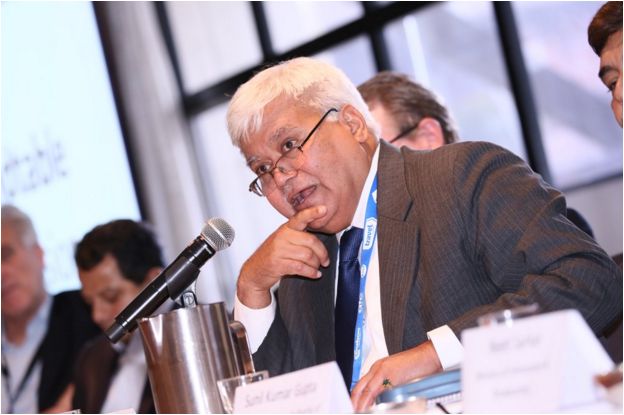 TRAI (Telecom Regulatory Authority of India) has floated its consultation paper to frame guidelines for the country’s National Telecom Policy – 2018.
TRAI (Telecom Regulatory Authority of India) has floated its consultation paper to frame guidelines for the country’s National Telecom Policy – 2018.
You can send your comments to Sunil Kumar Singhal, advisor, Telecom Regulatory Authority of India, on the e-mail [email protected] by 19 January, 2018.
OBJECTIVES OF NTP 2018
# To increase rural tele-density to 100 percent
# To provide data connectivity of at least 1 Gbps speed to all the Gram Panchayats
# To enable access for wireline broadband services to 50% households in the country
# To enable access for high-quality wireless broadband services at affordable prices to 90% population
# To achieve 900 million broadband connections at a minimum download speed of 2 Mbps, out of that at-least 150 million broadband connections at a minimum download speed of 20 Mbps
# To develop 10 million public Wi-Fi hotspots in the country
# To attain average speed of 20 Mbps for wireless, and 50 Mbps for wireline internet connectivity
# To leapfrog India amongst top-50 nations in international rankings in terms of network readiness, communications systems, and services
# To enable access for connecting to 10 billion IoT/ M2M sensors/ devices
# To attract an investment equivalent to $100 billion in communication sector
# To become net positive in international trade of communication systems and services
The India government has missed the target for rural tele-density, success in making India a global hub of domestic manufacturing, development of technologies through R&D, and creation and incorporation of Indian IPRs in global standards as per the objectives of NTP-2012.
The Indian telecom sector is the second largest in the world by number of telephone subscribers with 1.2 billion subscribers as on 31.10.2017. India also has the world’s second-largest internet subscriber base with 340 million internet subscribers as on 31.10.2017. The Indian telecom sector accounted for 6.5 percent of India’s GDP.
The earlier national telecom policy was announced in 2012, 2004, 1999 and 1994.
NTP 1999
The focus of national telecom policy, 1999 was to provide Internet to all district-head-quarters by 2000 and to provide high speed data and multimedia capabilities to all towns of population of 200,000 and above by 2002. Apart from a target for overall tele-density of 7 percent by year 2005 and 15 percent by 2010, NTP-99 had a target for achieving rural tele-density of 4 percent in the same period.
Broadband Policy 2004
The Broadband Policy 2004 visualized creation of infrastructure through various access technologies which can contribute to growth and can mutually coexist. It defined broadband connectivity as an always-on data connection that is able to support interactive services including Internet access and has the capability of the minimum download speed of 256 kbps to an individual subscriber. The Policy also estimated that, by 2010, Internet subscription and broadband subscription would rise to 40 million and 20 million respectively.
NTP 2012
As per the National Telecom Policy 2012, India Government focused on providing affordable and quality telecommunication services in rural and remote areas.
NTP 2012 targeted to increase the rural tele-density to 70 by 2017 and 100 by 2020, and to provide broadband-on-demand by 2015. It targeted to make India a global hub of domestic manufacturing and provided a roadmap to become a leader in technologies through R&D, and creation and incorporation of Indian IPRs in global standards.
The NTP-2012 aimed for simplification of licensing framework and for ensuring adequate availability of radio spectrum with a view to extend converged high quality services across the nation including rural and remote areas.
Baburajan K





